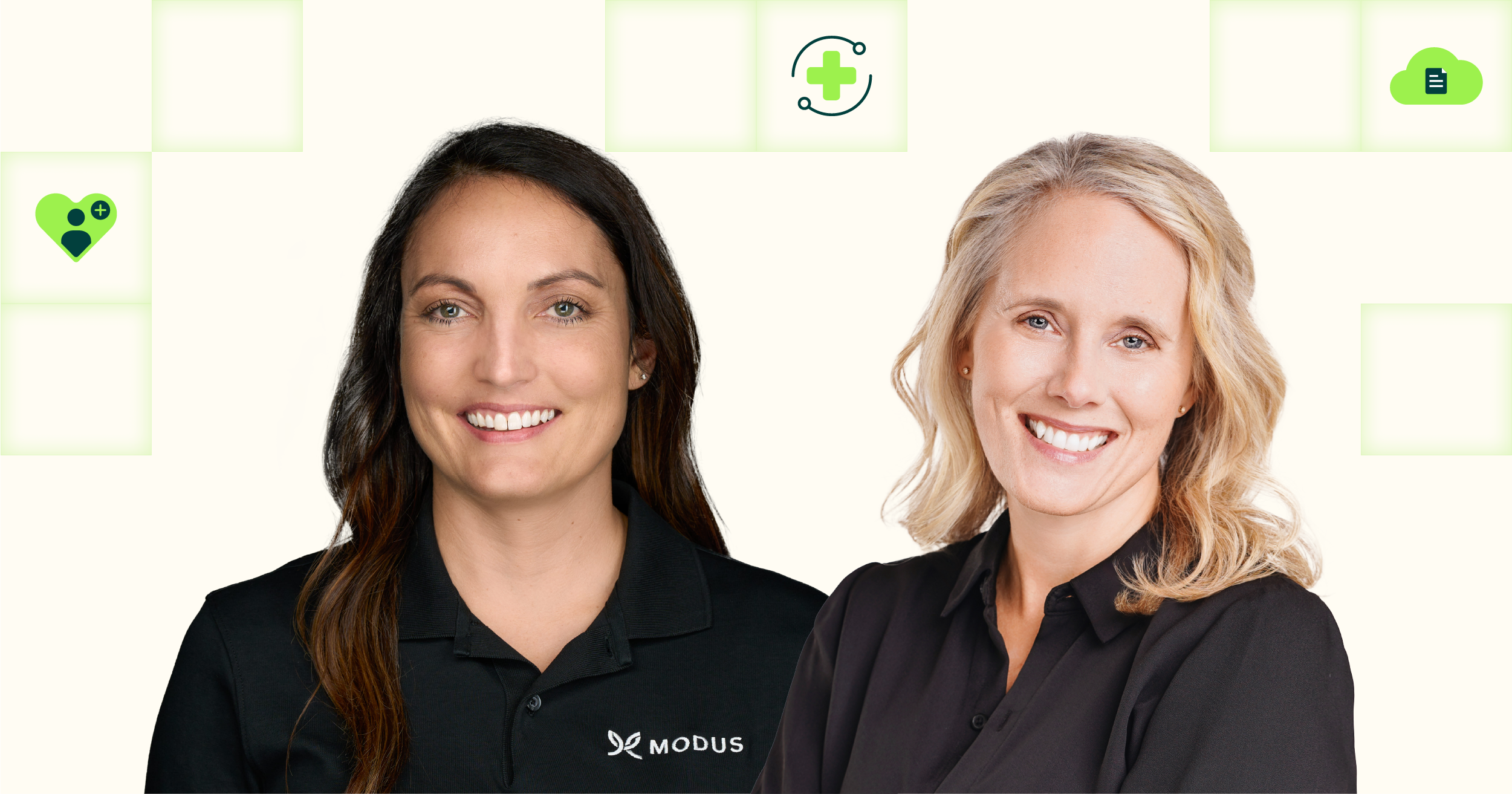Achieving product maturity: Best practices for business leaders


Table of contents
Subscribe via Email
Subscribe to our blog to get insights sent directly to your inbox.
What if your product team thinks it’s climbing Mount Everest, but in reality, it’s still stuck in the parking lot?
In today’s fast-paced business world, understanding where your team stands on the product maturity scale can be the difference between delivering features and creating real impact.
I recently sat down with Bogdan Coman, Senior Principal Consultant, Product Management at Modus Create, for a conversation about product maturity. From assessing your team’s readiness to scaling with purpose, Bogdan’s practical insights will help product teams stop counting features and start focusing on outcomes.
Ready to take your first step toward impactful product management? Let’s dive in.
1. What does “product maturity” actually mean, and how can organizations measure it?
Product maturity is about understanding where you are today in your product management journey and what you need to become better prepared for what’s next in the product lifecycle.
Much like you wouldn’t attempt to climb a mountain without first assessing your readiness, organizations need to evaluate their preparedness before undertaking major growth or transformation.
A product maturity assessment delivers a clear picture of current strengths and gaps, which then serves as the baseline for scalable and sustainable growth.
2. What makes up a product’s maturity within an organization?
When looking at a digital product’s maturity within an organization, we look at four core dimensions. These four dimensions help organizations assess where they are in the product lifecycle.
Here are the four core dimensions of product maturity:
- Cultural maturityEverything starts with people-their mindsets, skills, and willingness to evolve.
- Strategic maturityA shared vision and direction to ensure alignment across your product teams.
- Process maturityThe workflows, best practices, and repeatable ways to translate vision into results.
- Technical maturity The tools and infrastructure enabling teams to build and scale products.
Culture comes first, because without the right team, even the best strategy, processes, or technology won’t get you far.
3. How do you assess a company’s product maturity?
To assess a company’s product maturity, we use a model that evaluates the key dimensions along a five-level scale:
| Level | Description | Evaluation |
|---|---|---|
| 1 | Initial | No formal product management; often driven by ad hoc efforts and waterfall processes. |
| 2 | Repeatable | Some product practices emerge, along with early adoption of supporting tools. |
| 3 | Defined | Product roles are established, and teams start focusing more on achieving outcomes rather than just outputs. |
| 4 | Managed | A product strategy is fully embedded, often led by a CPO, ensuring strong alignment and direction. |
| 5 | Optimizing | The ideal state-rarely achieved fully-where continuous improvement is ingrained, and the entire organization is product-led. |
Product maturity is a journey. Being “perfect” isn’t the goal. It’s all about making steady, incremental progress.
4. Can you explain the distinction between “outputs” vs. “outcomes” in product management and why it matters?
Early on in the product maturity lifecycle, organizations tend to track outputs, like the number of features shipped or tickets closed. These are vanity metrics and don’t tell you if you’re moving the needle for your customers.
Mature organizations shift their focus to outcomes, such as customer satisfaction, adoption rates, or measurable business impact like ROI.
You need to ask: Are the product features being used? Are they delivering real value? This means paying attention to both leading and lagging metrics so you’re not just looking back at revenue after the fact, but actively influencing what drives growth and satisfaction.
Early on in the product maturity lifecycle, organizations tend to track outputs, like the number of features shipped or tickets closed. These are vanity metrics and don’t tell you if you’re moving the needle for your customers.
5. What are the business benefits of moving to a higher level of product maturity?
The big takeaway is that greater product maturity doesn’t mean doing more; it means doing what matters most. High-maturity teams spend more time on discovery and validation upfront. As a result, their delivery is smarter and more impactful, even if fewer features are released.
ROI of increasing product maturity comes in many forms:
- Resources and time are saved by avoiding low-value work.
- The releases that do happen are more closely aligned with what customers actually need.
- The organization can grow sustainably, without burning out or misaligning teams.
6. What is Modus Create’s product maturity assessment tool, and how can leaders use it?
Modus Create built a product maturity assessment tool to help guide product teams as they mature. AI is rapidly impacting product development, and product leaders may feel stuck and unsure of the next steps to drive growth and innovation. Our product maturity assessment analyzes your processes, technology, and culture to identify areas for improvement
We’ve built our assessment tool to combine quantitative and qualitative insights. We measure maturity on a scale of one to five for each dimension and provide a composite picture, but more importantly, we use this as a starting point to create a roadmap for improvement.
We want product teams to succeed, and this assessment tool is about showing leaders not just where they are in the product lifecycle, but how to move forward in a way that fits their unique needs.
7. What should business leaders remember about product maturity?
Business leaders should remember that product maturity isn’t just about optimizing tools and processes. At its core, it’s about people working together to create products that drive impact. That’s where fulfillment comes from.
The key takeaways business leaders should remember are:
Start with culture: The right organizational mindset is the foundation for everything else.
Don’t skimp on discovery: Investing time and resources upfront saves exponentially more later.
Measure what counts: Shift from activity-based metrics to value-driven business outcomes.
Most importantly, remember that product maturity is a continuous journey. There’s always a next step, and that’s exactly as it should be.
Product maturity isn’t just about optimizing tools and processes. At its core, it’s about people working together to create things that truly matter. That’s where impact and fulfillment come from.
Get started with Modus Create's product maturity assessment today →

Josh Kochelek was Director of Enablement, Product Development at Modus Create.
Related Posts
Discover more insights from our blog.


